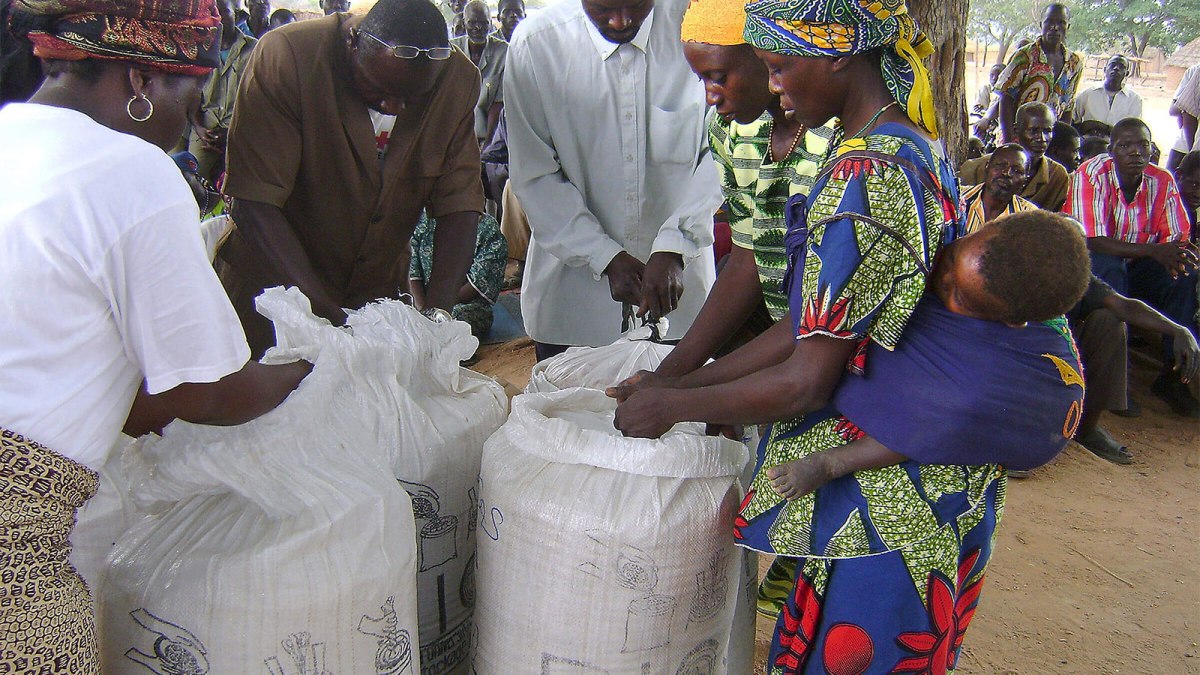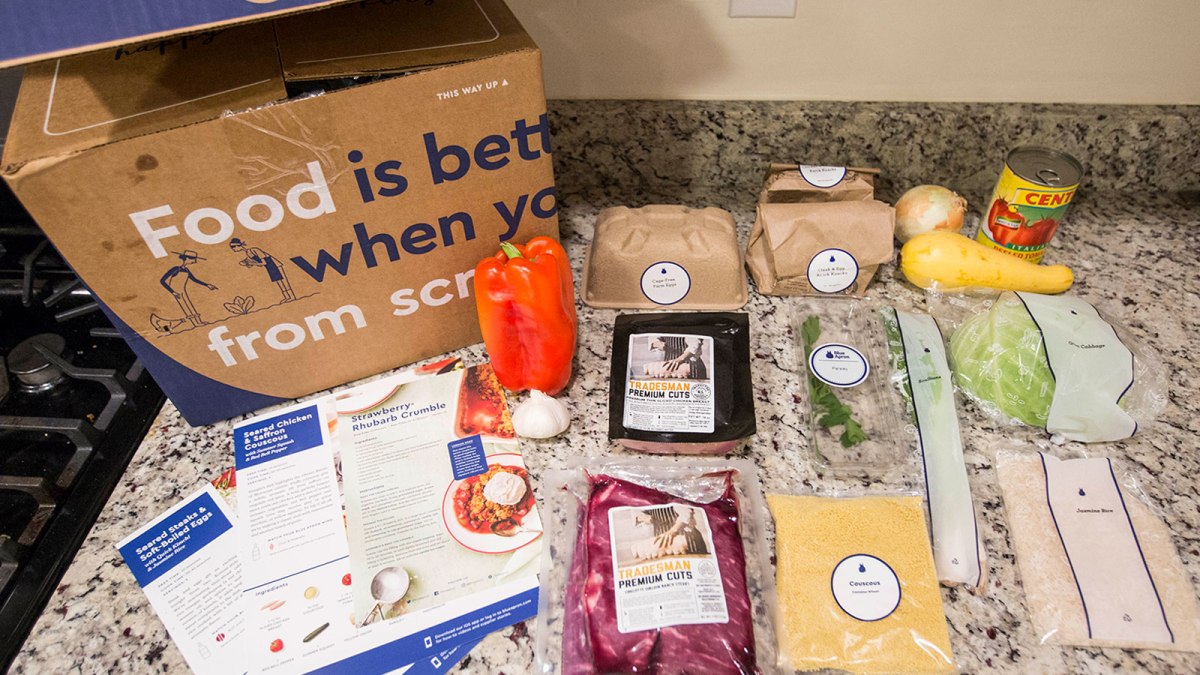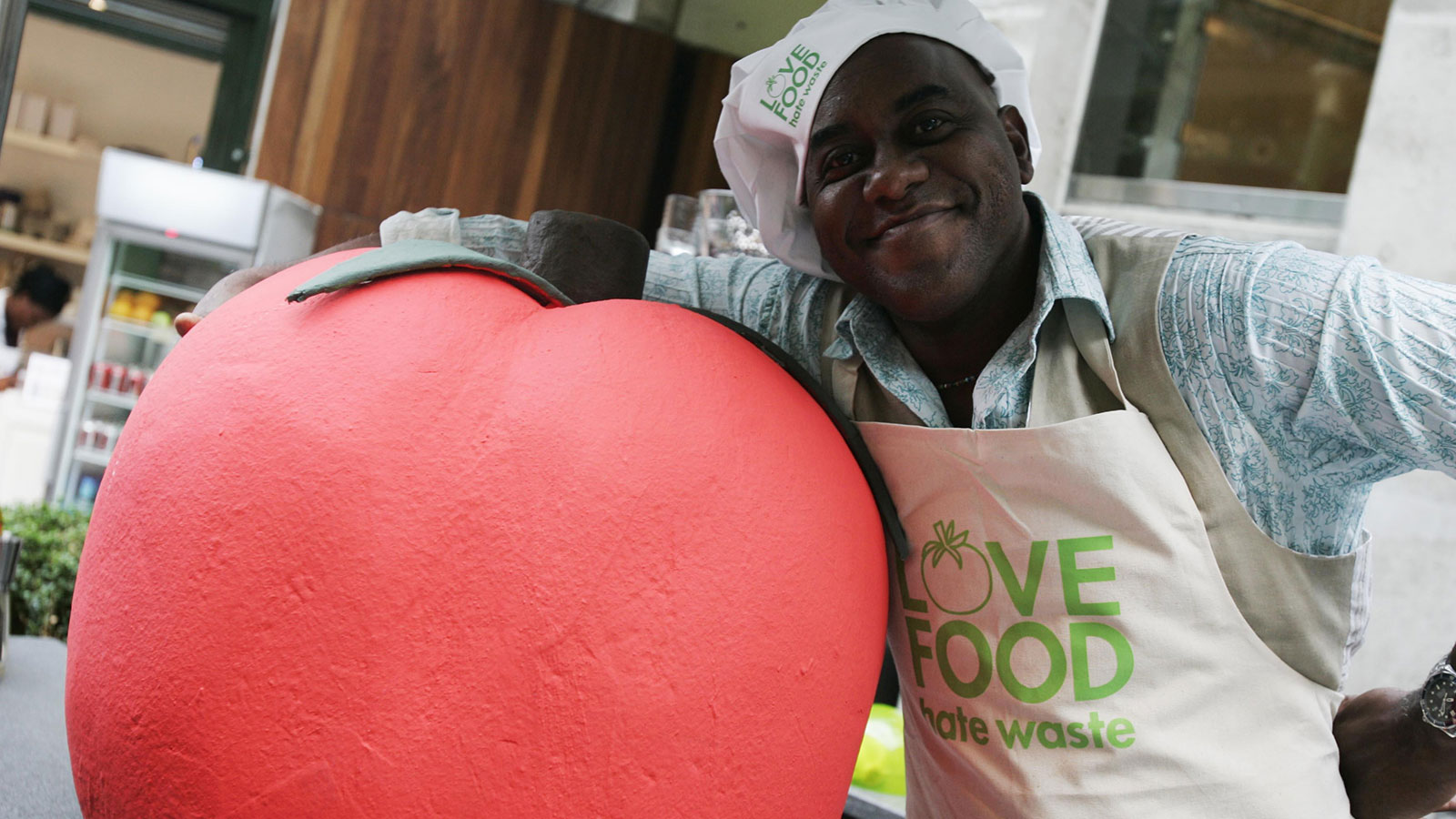Earlier this month, the U.N. Intergovernmental Panel on Climate Change released a dire report highlighting the enormous environmental impact of agriculture. But the report also pointed to a clear way for us to feed more mouths without causing more planetary destruction: We can stop wasting food.
Globally, we humans squander up to a third of the food we produce, according to the U.N. We leave it to rot in fields and refrigerators. We cull it because it’s too ugly to sell. We stack it in overflowing supermarket displays where some is inevitably squashed. All of this uneaten food required energy to produce; if food waste were its own country, it would have the third highest carbon footprint on Earth—right behind China and the U.S. and just ahead of India. That’s a harsh reality in a world where 821 million people don’t have enough to eat.
The good news is that it doesn’t have to be this way. We can streamline the supply chain to reduce spoiled and lost food, and we can change the way we eat at home. Already, simple technologies like better storage bags, are making a big difference, and wonkier solutions like national policies that standardize food labels are in the works.
Better packaging, transport, and storage
Food must move quickly on its journey from farm to table before it spoils. To prolong its viability, wealthy countries rely on refrigeration and the so-called “cold chain” of climate-controlled trucks and distribution centers. That’s not an option in much of the developing world — so food may rot before it reaches a market.
Expanding access to refrigeration is one obvious solution, although as University of Michigan sustainability researcher Shelie Miller points out, it comes with trade-offs because the cold chain sucks up so much energy. Emerging options include innovations like the SolarChill Project’s solar powered fridges, which are currently used to store vaccines in medical centers in Kenya and Colombia.
Other inventions do away with conventional refrigeration entirely. Eric Verploegen, a research engineer at the MIT D-Lab, an interdisciplinary program focused on sustainable development, has helped develop evaporative coolers for small-scale farmers and vendors in places like Mali and Kenya. These coolers can be as simple as two nested clay pots with some wet sand in between. As the water evaporates, it pulls heat out of the interior of the container, chilling the contents by as much as 20 degrees Fahrenheit. That can extend the shelf life of produce by several days, giving farmers more time to get their food to market.

Purdue Improved Crop Storage bags are opened during a ceremony in Pala, Chad. The hermetic grain storage bags have allowed farmers in Africa to safely store their grains so they can sell their crop well beyond harvest. Purdue Agricultural Communication photo / Beksoubo Damienne
While grains last a lot longer, they’re vulnerable to pests, which is why a team at Purdue University reinvented the humble storage bag. So-called PICS (Purdue Improved Crops Storage) bags are triple-sealed and hermetic, meaning any bugs that sneak in alongside the maize or millet will run out of oxygen long before they can cause an infestation.
Since the Bill and Melinda Gates Foundation began funding this effort in 2007, the bags have spread to nearly three dozen countries across Africa, Asia, and Latin America. PICS team manager Dieudonné Baributsa said that as of February, 19.3 million PICS bags had sold worldwide, most for between $2 and $3 apiece. A farmer that uses a 100-kilo bag to store cowpeas will typically reap an additional $27 in sales, he noted.
“This is a technology that’s really having an impact,” Baributsa said.
None of these technologies is a panacea—each one tackles a small piece of the problem. But enough of them added together might bring those enormous food loss numbers down.
To eat or not to eat
In wealthier countries, the biggest food-waste culprit is easier to pinpoint: It’s us.
In the U.S., individuals throw away some 27 million tons of food a year, amounting to 43 percent of all food waste nationwide. In the UK, household waste accounts for 70 percent of losses beyond the farm.
Trashing food happens for many reasons: We buy too much. We don’t use it in time. We forget to eat the leftovers. To Liz Goodwin, director of Food Loss and Waste at the World Resources Institute, it all boils down to the fact that food is now a throwaway item. “We know we can get more, so it doesn’t really matter,” she said.
Raising awareness that food waste does matter can work. The UK’s “Love Food Hate Waste” initiative, which Goodwin described as “the single best-evaluated campaign there is,” led to a 20 percent reduction in household food waste between 2007 and 2012, she said.
Somewhat surprisingly, meal kits can also help reduce waste. A recent study by Miller’s team in Michigan showed that meals prepared from Blue Apron recipes resulted in one-third less carbon emissions on average than the same meals prepared from grocery store ingredients. The difference was largely due to the fact that the kit portioned ingredients very carefully, resulting in less wasted food — which more than compensated for the climate impact of all the extra packaging.
“We have this great understanding of plastic and packaging waste as major environmental impacts, but for whatever reason we don’t have that same idea associated with food,” Miller said.
Standardizing date labels could also make a difference. They became common in the 1970s as a marker of food quality, but many of us today wrongly assume that once the “sell by” date has passed, the food’s spoiled. In fact, these dates are often a manufacturer’s arbitrary estimate of when the food will taste most fresh — and different states have different standards. The result is we throw out loads of food that’s still fine to eat, according to Emily Broad Leib, director of the Harvard Law School Food and Policy Clinic.

Items from a “family-plan” Blue Apron box Scott Eisen / Getty Images
On August 1, congressional legislators introduced a bipartisan, food industry-backed bill to create two standard labels. Under the proposed scheme, companies would have the option of labeling food with a “best if used by” date to indicate peak freshness, and a “use by” date if the food must be thrown out at a certain point for safety reasons, explained JoAnne Berkenkamp, a senior advocate at the Natural Resources Defense Council.
If the bill becomes law, rollout of the nationwide standards would be accompanied by a mass educational campaign so that Americans can stop needlessly tossing so much food in the trash. “People are confused about what these terms mean,” Berkenkamp said. “Streamlining them has the potential to help consumers make much better choices.”
Putting waste to work
There’s a lot we can do to reduce food waste, even if it’s unlikely we’ll ever eliminate it entirely. But we can absolutely stop sending food waste to landfills, where it emits the potent greenhouse gas methane as it decomposes.
Composting is one alternative. Americans sent 2.1 million tons of food waste to composters in 2015. But with another 30 million tons entering landfills that same year, there’s a lot of room for improvement. Laws that keep food out of landfills can help, said Calla Rose Ostrander, an environmental advisor who pushed for the passage of SB-1383, a California bill that will divert most organic waste away from landfills by 2025. Massachusetts regulations enacted in 2014 stipulate businesses can’t send more than a ton of organic waste to landfills a week.
Food waste is also used to make fuel via the microbially-driven process of anaerobic digestion. The UK company Biogen, for instance, has 13 anaerobic digestion plants that produce some 25 megawatts of electricity for the national grid, enough to power a small town. And new waste-to-energy technologies are in the works. Last week, the startup Electro-Active Technologies announced patents for a bioreactor that uses microbes to convert food waste to renewable hydrogen gas.
While it’s still early days, cofounder and University of Tennessee chemical engineer Abhijeet Borole said the company is aiming to begin testing a pilot reactor by the end of 2020 that could convert food waste from a commercial partner to fuel. It may be awhile before we’re refueling our hydrogen cars with power made from putrescent potatoes though. “Nothing like this exists out there,” Borole said. “There are definitely challenges in getting to a larger scale.”
And the truth is when it comes to food waste, technology only goes so far. Farmers may simply choose not to harvest if they won’t get a good price, according to Rob Vos of the International Food Policy Research Institute. That’s why Vos emphasizes “development of the food value chain at large” — making sure that every step along the farm-to-table supply chain is profitable, from harvesting it in fields to shipping it to markets for sale. In practice, this will look like a lot of technological interventions and policies bundled together.
Ultimately, we need to treat food like the valuable good that it is. Because if one thing’s clear from the new U.N. report, it’s that when we waste food, the planet picks up the tab.




